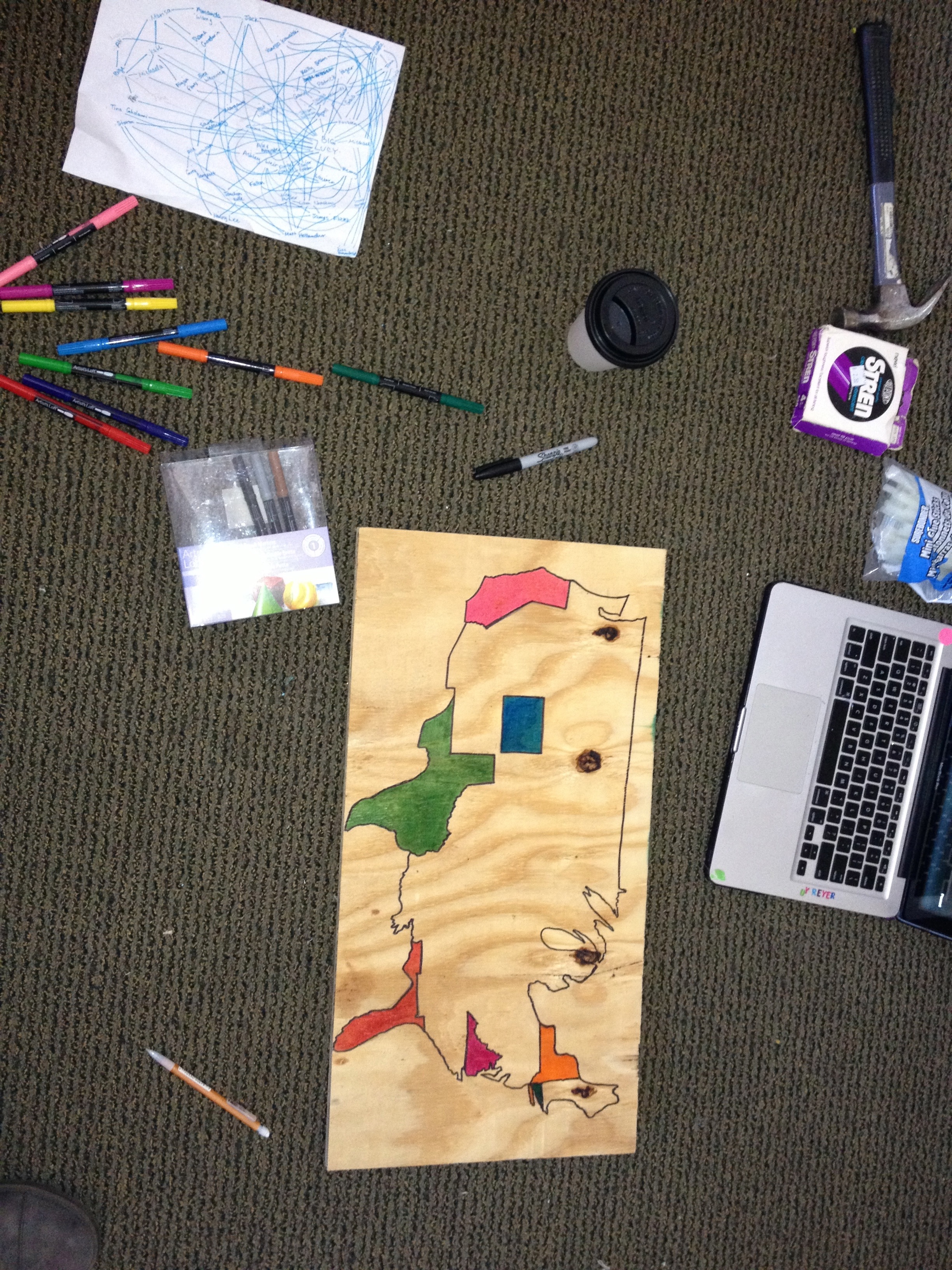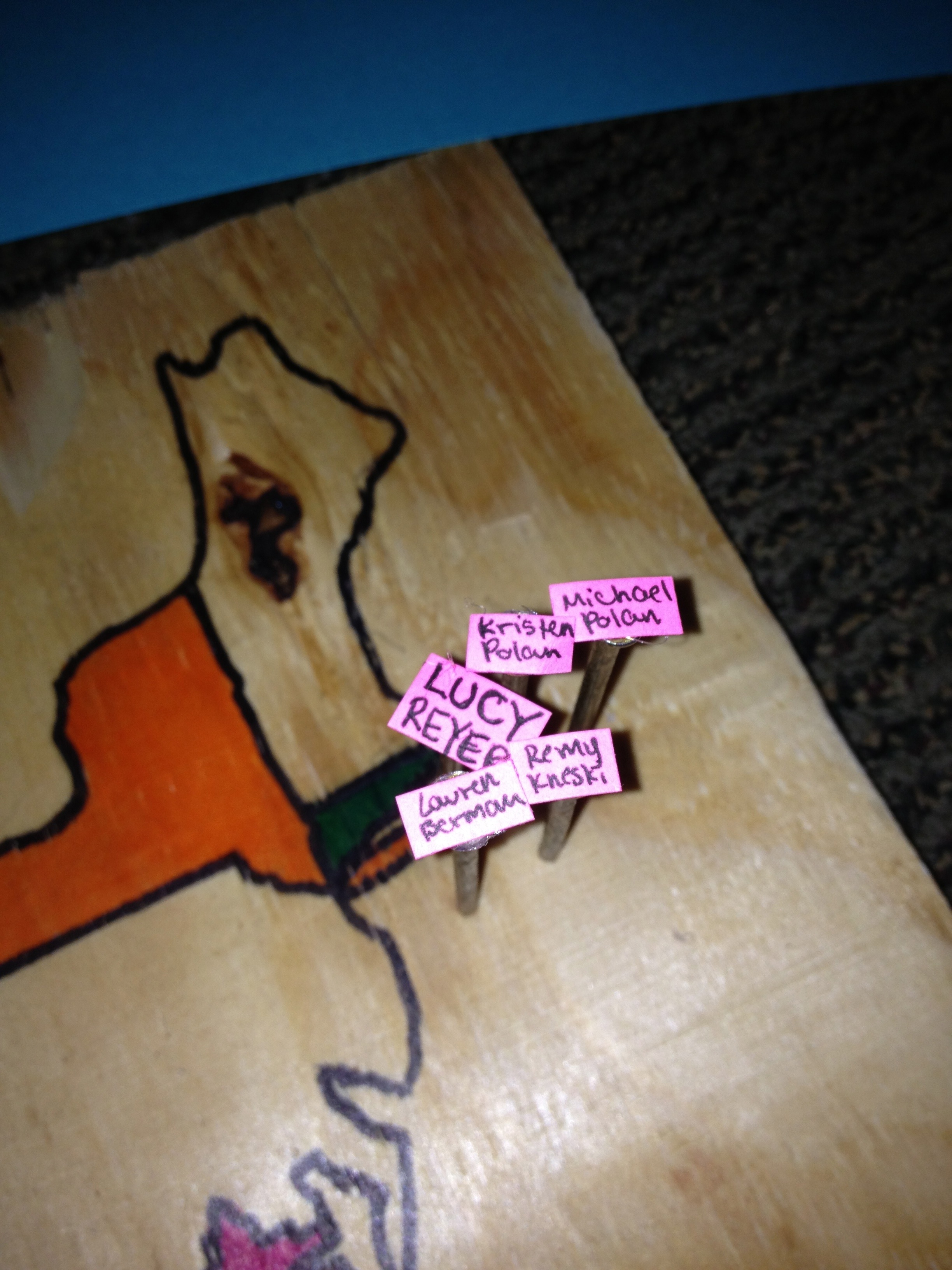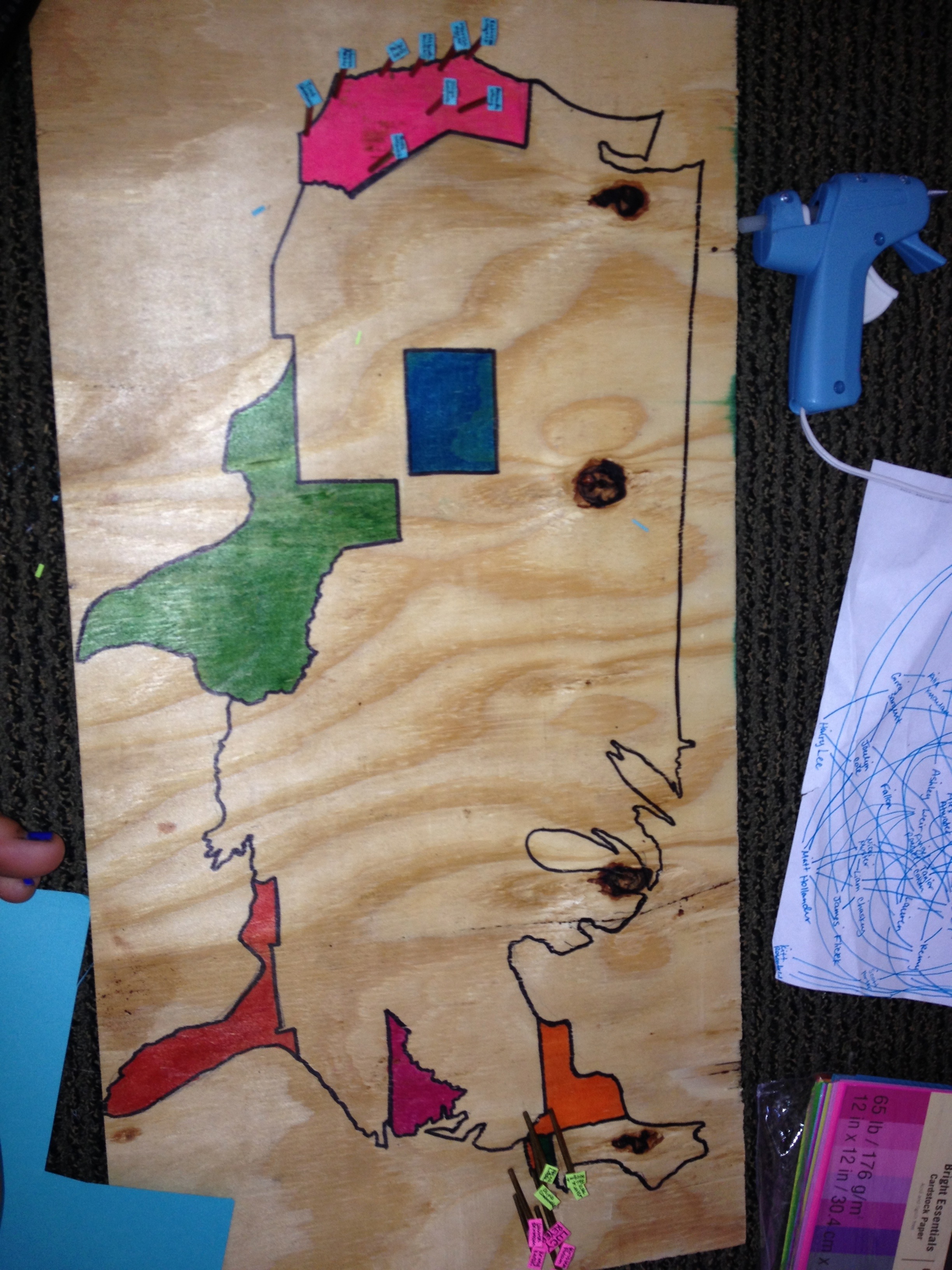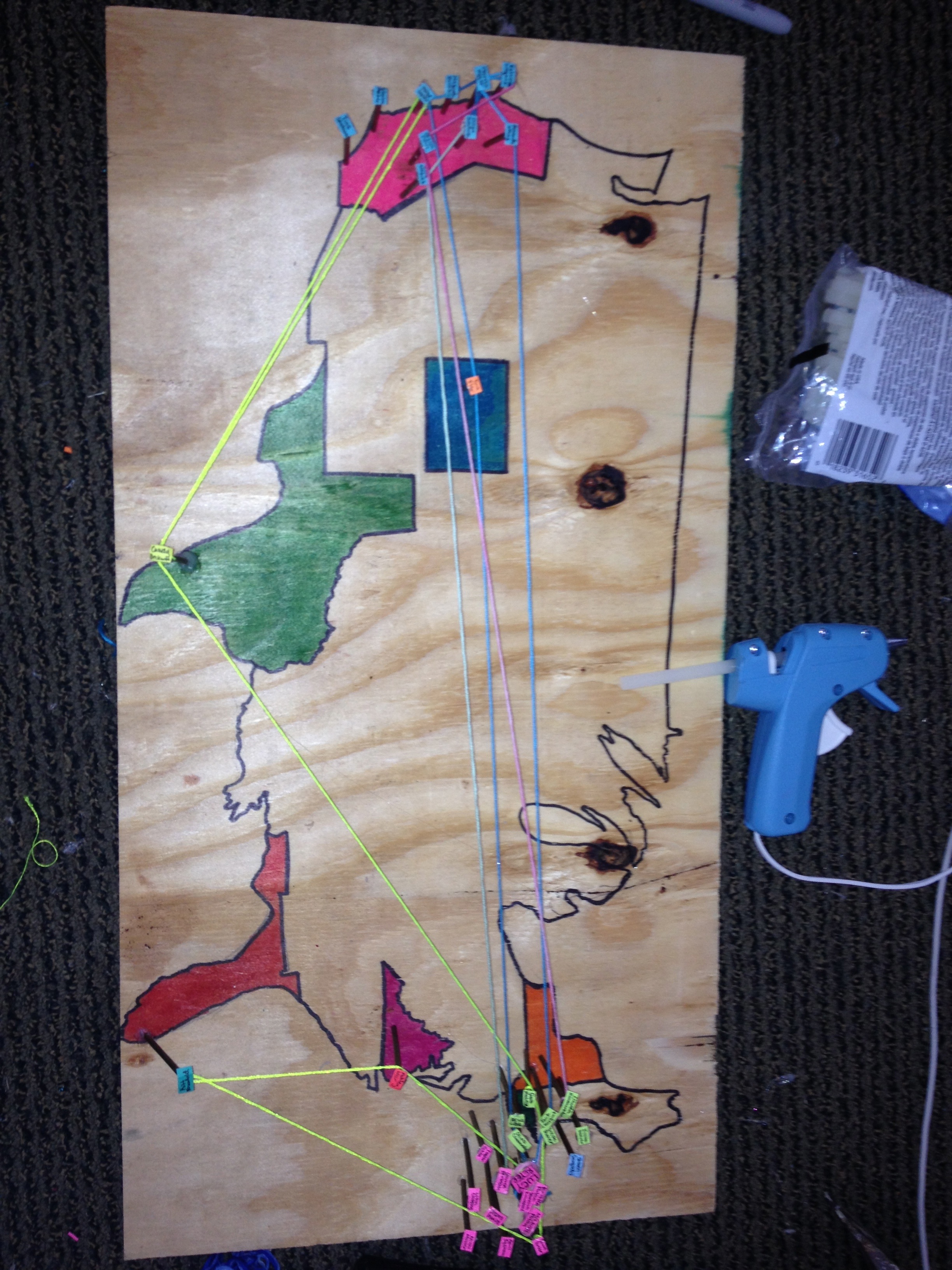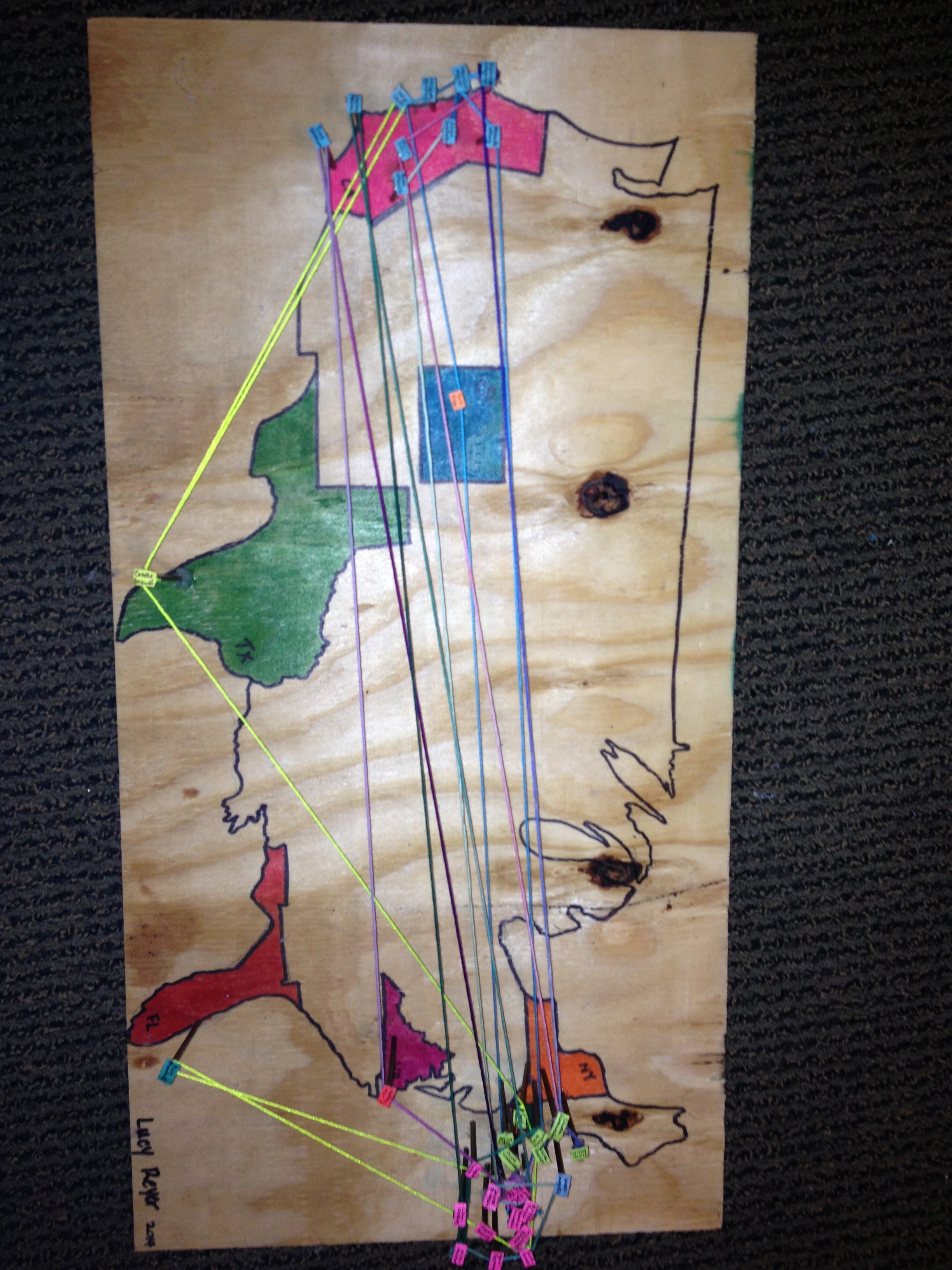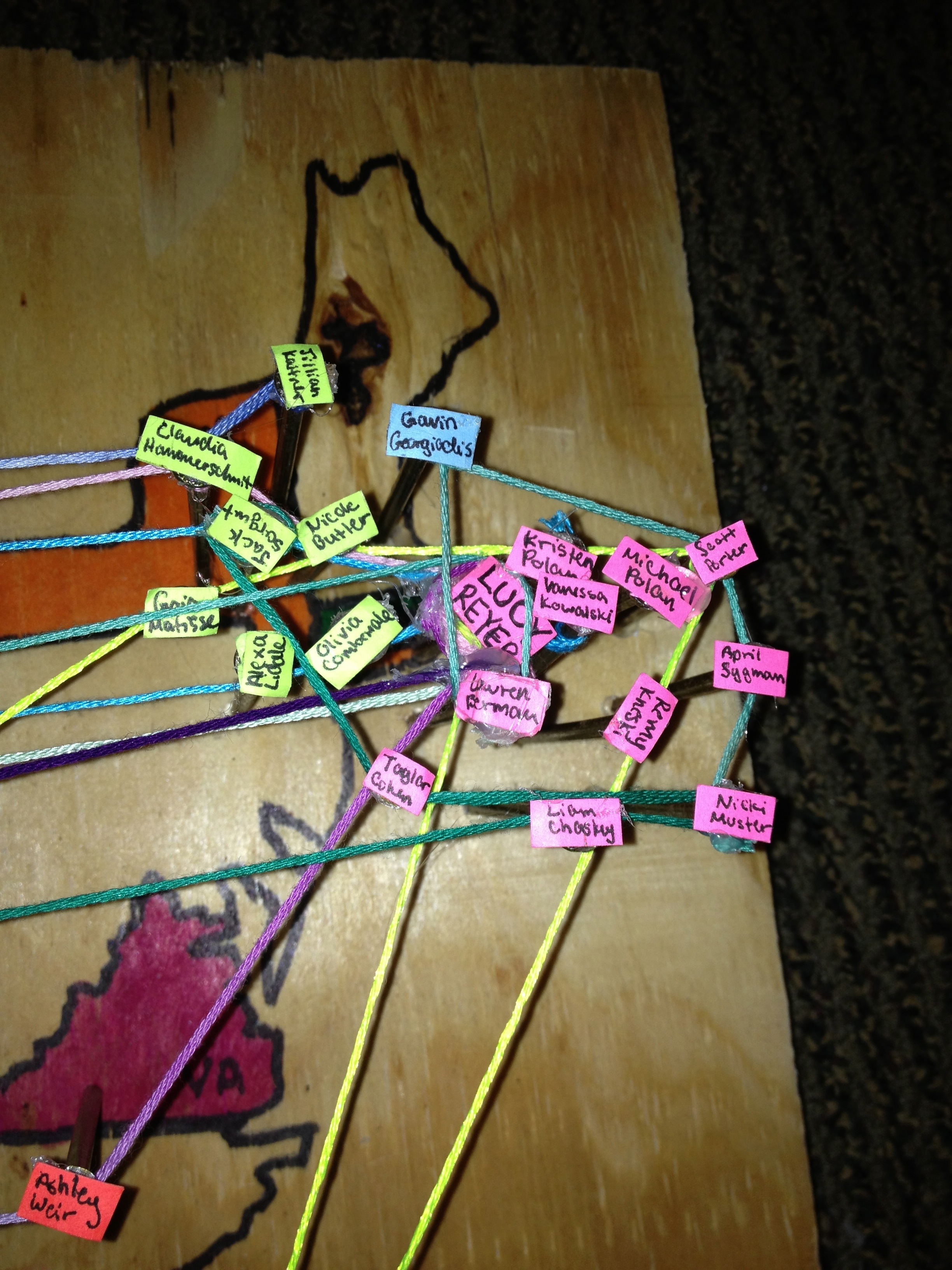"The Random Universe" by Albert-Laszlo Barabasi
I chose this article because I thought it was really interesting how it talked all about this mathematician Euler who basically created the essential format of networking, and I had no idea he even existed! It is crazy to me how many brilliant, ingenious people there are out there that have made revolutionary discoveries like this and I just know nothing about them, so it is super interesting to me to learn about. One line really stood out to me: ‘The construction and structure of graphs and networks is the key to understanding the complex world around us.’ This is so true because organizing things into a coherent and connected way helps us understand the chaos. Graphs and networks help us make connections and learn about the past and future. Small changes that affect the ‘nodes’ and ‘links’ can change everything, give new meaning, open up new doors. This kind of reminded me of the ‘Butterfly Effect’ - one small thing can change something drastically. It is crazy because you can really use graphs to represent anything, something as big as a mapping of the solar system to as small as how many people use a specific public restroom in a day. I thought it was really interesting to read about the wine experiment, where someone told one person about the port wine who told another who told another - this is a quintessential example of how networking works. ‘Are the truths already there, even if we do not yet know them?’ This is a really interesting idea that Euler played with. I have heard of this thing called ‘six degrees of separation’ or ‘the rule of six’ which this article reminded me a lot about because it talks about how although we will never know everybody in this world, it is guaranteed that there is a path between any two of us in this web of people. Six degrees of separation is the theory that anyone and anything on the planet is connected to any other person or thing through a chain of acquaintances that has no more than five middlemen (‘six or fewer steps away’). It is just a theory, so it is not proven or anything, but it is a really interesting concept to say the least.
"Six Degrees of Interconnection" by Duncan Watts
Wow I am pretty amazed after having read this article because I read Barabasi’s ‘The Random Universe’ article first and connected it to the idea of six degrees of separation, and now this entire article is all about six degrees of separation, so I am kind of freaking out! I am really enjoying these past two articles because they give ideas about examples of networking and interconnectivity between people, like networking experiments that you can do. I chose to do the readings under the category of Mapping Networks because this is the one that interests me most in relation to my project. I want to visually map something out through a sort of structure/drawing visual production. It is interesting to me to think of the idea as individuals is a community as nodes in the complex web of links that is human interaction and activity. I like how this article breaks down the six degrees of separation, 1 degree of separation being your friends and people you care about, 2 degrees being friends-of-friends, 3 degrees being friends-of-friends-of-friends, etc. 6 degrees seems like a very small number, but when you think in terms of friends-of-friends-of-friends-of-friends-of-friends-of-friends, that is a LOT of interconnectivity! Just think about how many mutual friends you have of people you meet in every day life. I am from New York and it is kind of crazy how many people I meet that know somebody from home or that knows somebody who knows somebody - it all comes back to the degrees of separation. I like how in the article it states the fact that the network is always there and is always going to be there and we have to be okay with the fact, because sometimes it helps us and sometimes it hurts us but we will never know a world without it.
"The Art of Cyberspace" by Pierre Levy and "Relational Aesthetics" by Nicolas Bourriaud
I thought the first article, The Art of Cyberspace, was interesting because, like many readings for this class, it talks about technology as a new form of art - social media as art. Instead of the relationship of sender and receiver being clearly defined as it was in the past, now there is room for a lot of other variables when you bring technology into play. This article talks about emission, reception, creation, interpretation, etc. instead of just sender-receiver. Rather than sending out one message to a receiver, the message is being sent to create an entire environment. Thanks to technology, we are now involved in this creative cycle, where everyone can be a co-author, instead of just one author and one receiver.
The second article, Relational Aesthetics, touches on something different. It talks about urbanization and how it gave rise to greater social exchanges, changing the basis of communication and networking. This article talks more about contemporary art and how it has to be experienced as a space we have to walk through, not just look at. It is more of an experience. Both articles talk a lot about space and spatial relationships but touch upon this in different ways. Art can bring people together in space into different communities that have network between them. I like how there are so many examples art in of interhuman relationships, which touch on the modes of social exchange and interaction, and involve the viewer, making the viewer as much of the art piece as the art itself. I have an interest in exhibition-based/interactive/performance art, so it was cool to read about all of these examples, like the Restaurant show. To me, it is a super cool concept for human interaction to be involved in art, so that the interaction is just as, if not more, important as the piece, so this is something I want my networking project to revolve around.
Networking Project: MAPPING
For my Networking Project, I decided that I wanted to make a map of some sort. I am always really excited when I meet people from out of state, especially if they are from the East Coast, which is where I am from woohoo East Coast represent! I love it when I meet people and we realize we have this crazy mutual friend in common from across the country, whether they went to camp with them or their best friend from home met my best friend from home in college. Whenever these relationships are realized, it is always really exciting for me. I decided that I wanted to do a networking project based on this. I had the idea to make a mapping of mutual friends. I took my 3 best friends from home and my 3 best friends from college and mapped all of the mutual relationships that us and a bunch of other people have. The only catch was I could not have introduced these people. For example, my little here at UCSB, Amanda, has a friend on her dorm floor, Jack, who is from New York City, who knows my city friends Jenn and Nicole, who are friends with some of my best friends from home, Kristen, Michael, Remy, who know me, etc. Or it could be like my best friend from home went to camp with someone who went to high school with my best friend from college. So that is kind of how I mapped it all out - it was like relationships of mutual friends that I had not originally introduced. So we are all connected because of the people we know. I am really interested in this idea because it relates a lot to the idea of Six Degrees of Separation. Before this, I was super skeptical of Six Degree of Separation working, however, doing this project I discovered so many mutual friends knew each other (with the help of my own knowledge and Facebook) and it was crazy to me because I discovered relationships I never even knew existed. I would look at our Facebook mutual friends and be like HOW does that person know that person!? HOW do these people know each other!? And then I would ask. I found so many random connections that it made me really intrigued on the whole idea of Six Degrees of Separation - because that could actually work! I decided I wanted to layout the art piece using string, nails, and plywood. I went to the wood shop where Michael kindly helped me choose wood and cut it. Then, I drew out the map of the United States, but only outlined and colored the states I was using, otherwise I thought it would get too cluttered with the string everywhere and take away from the rest of the project. Then, I nailed all these nails representing different people into the map based on where they went to high school. I stuck little name tags on each nail and then connected the different relationships using different colored strings to represent each different connection, all ultimately leading back to my name.
